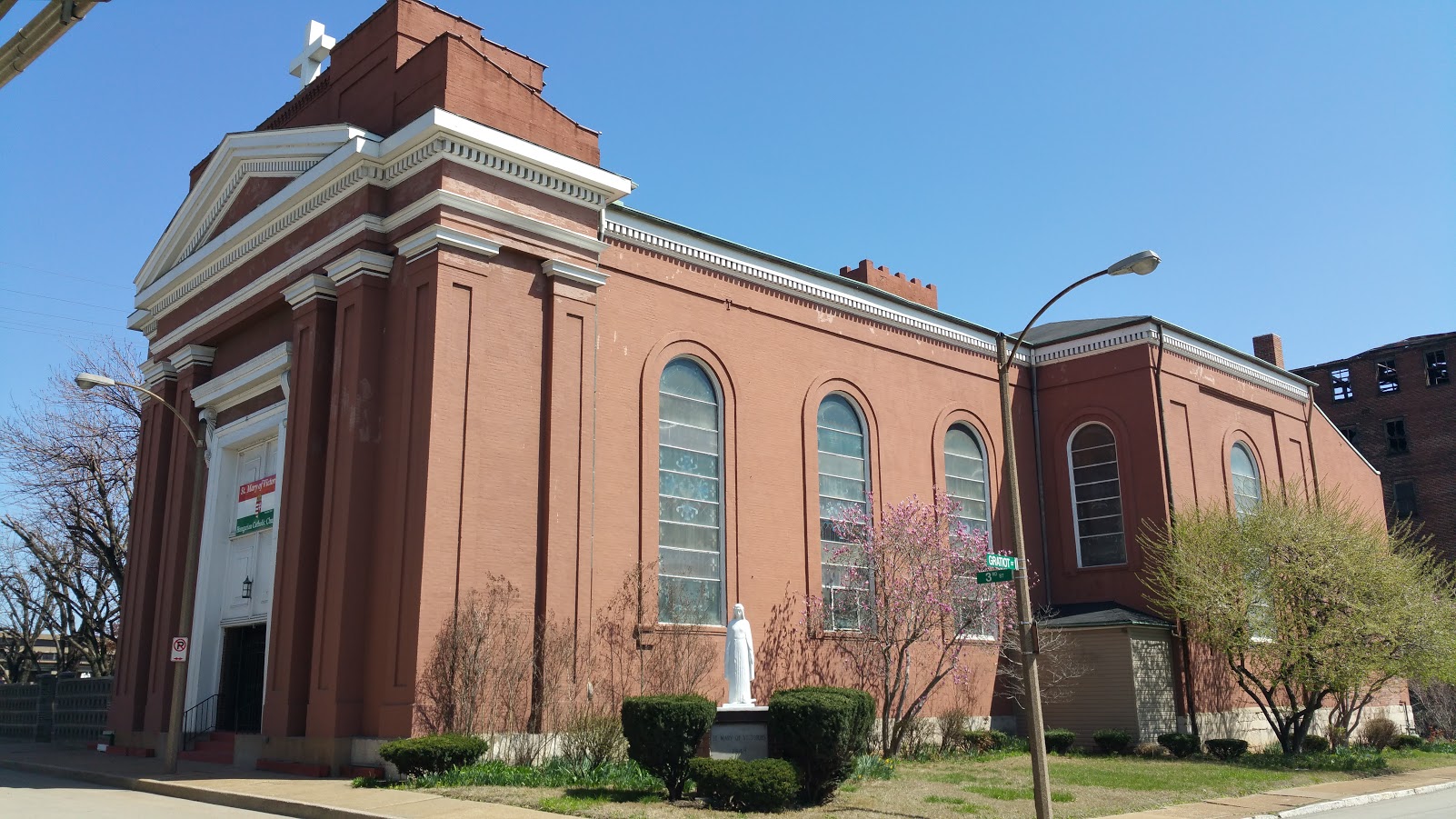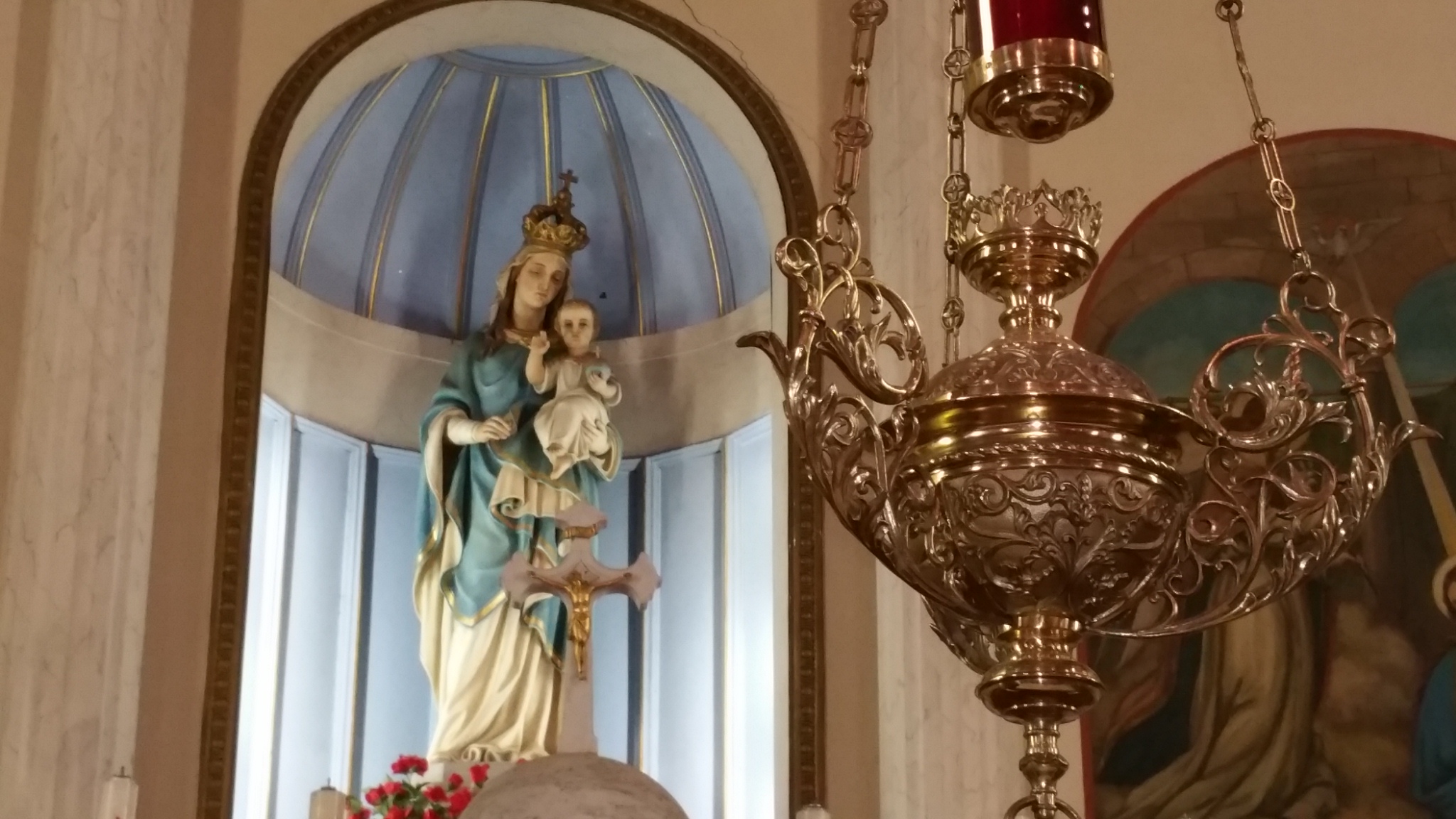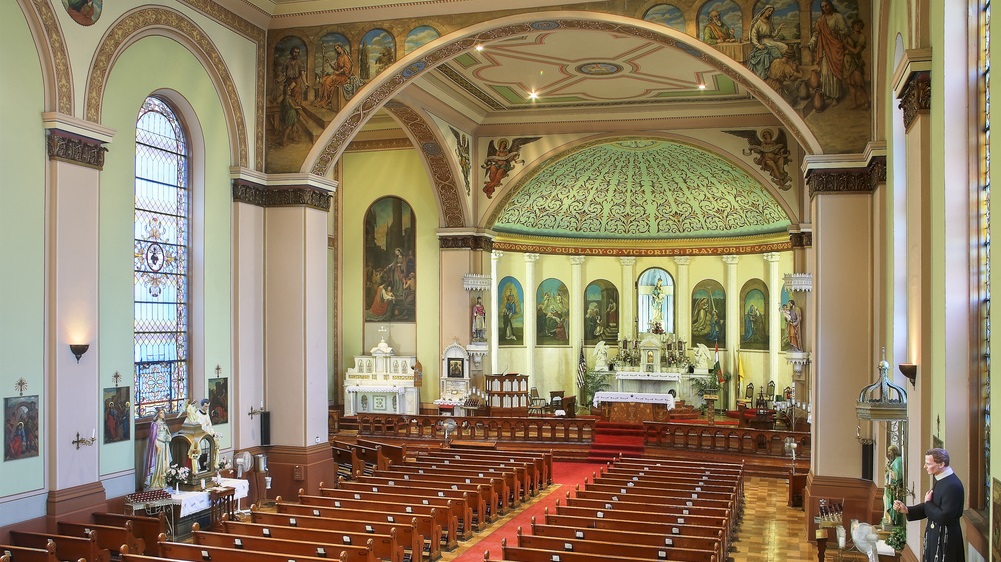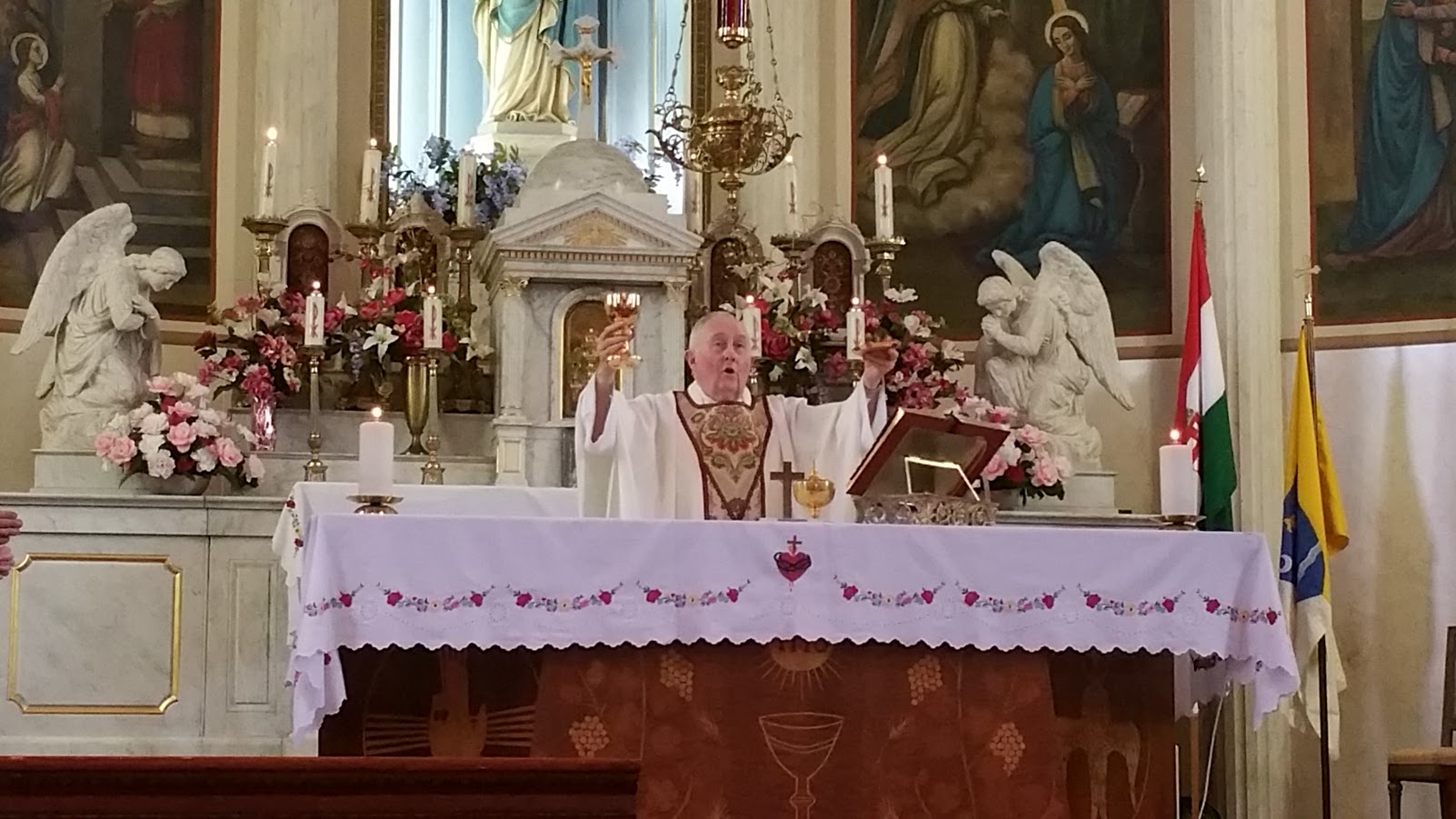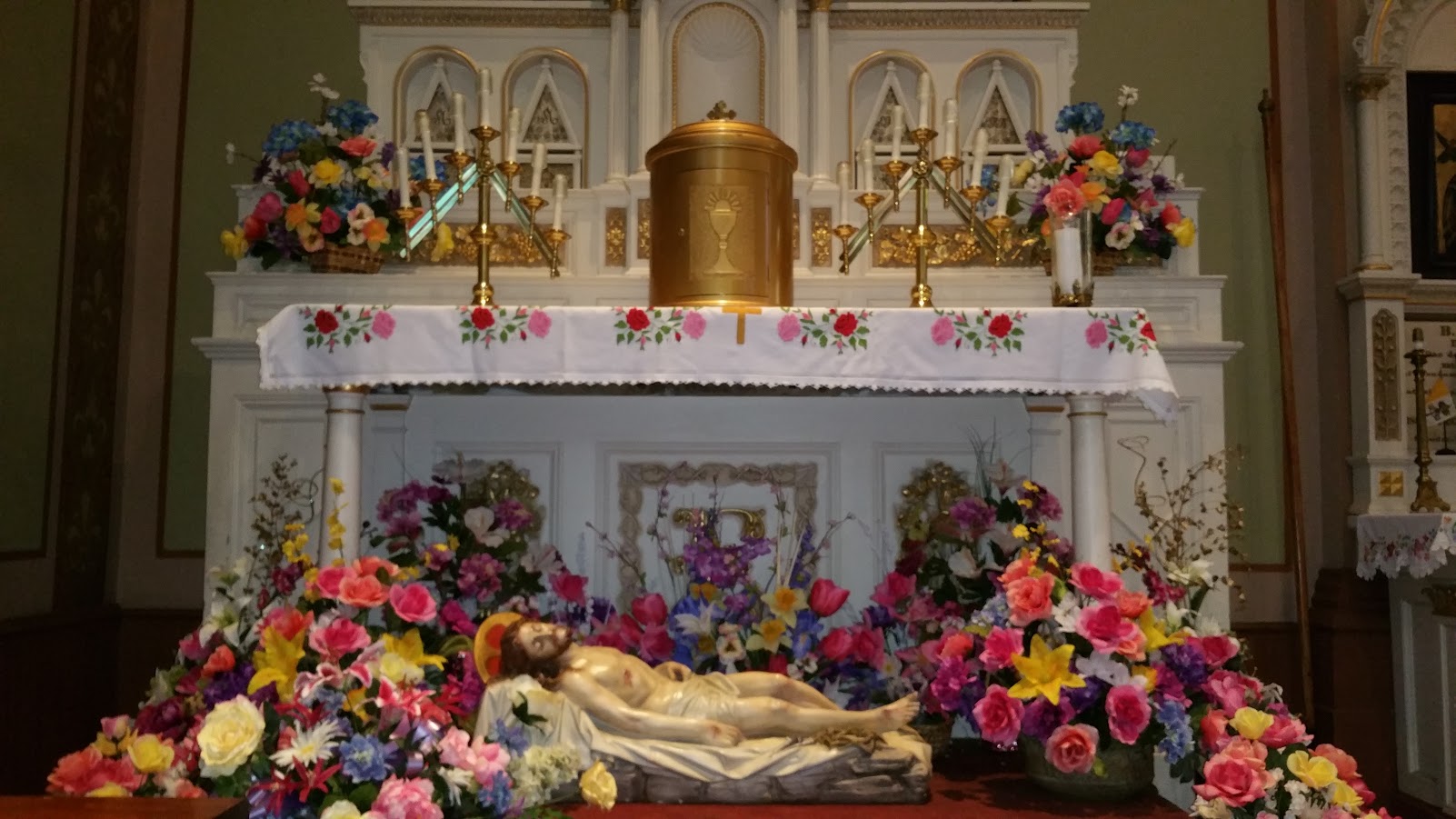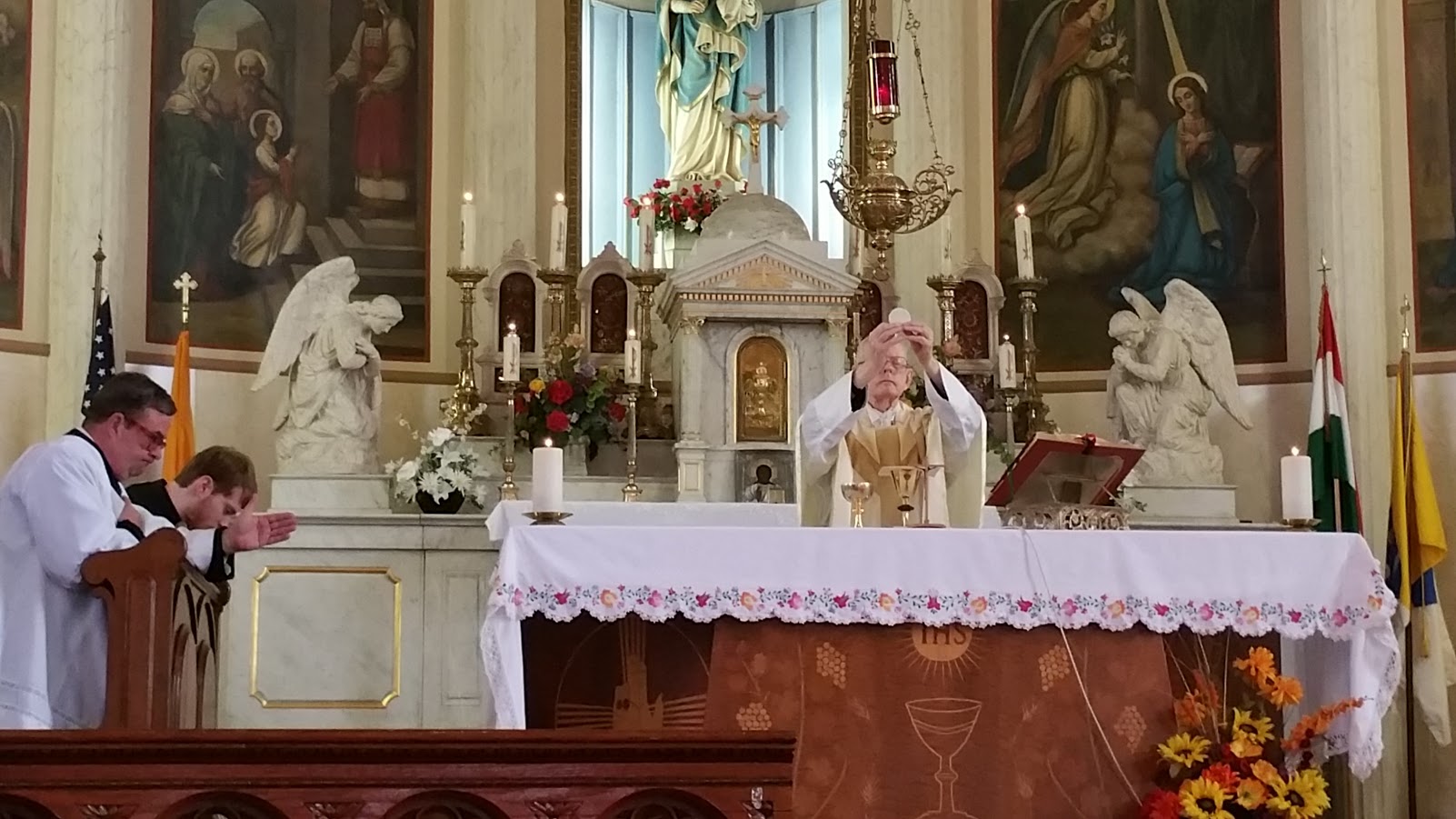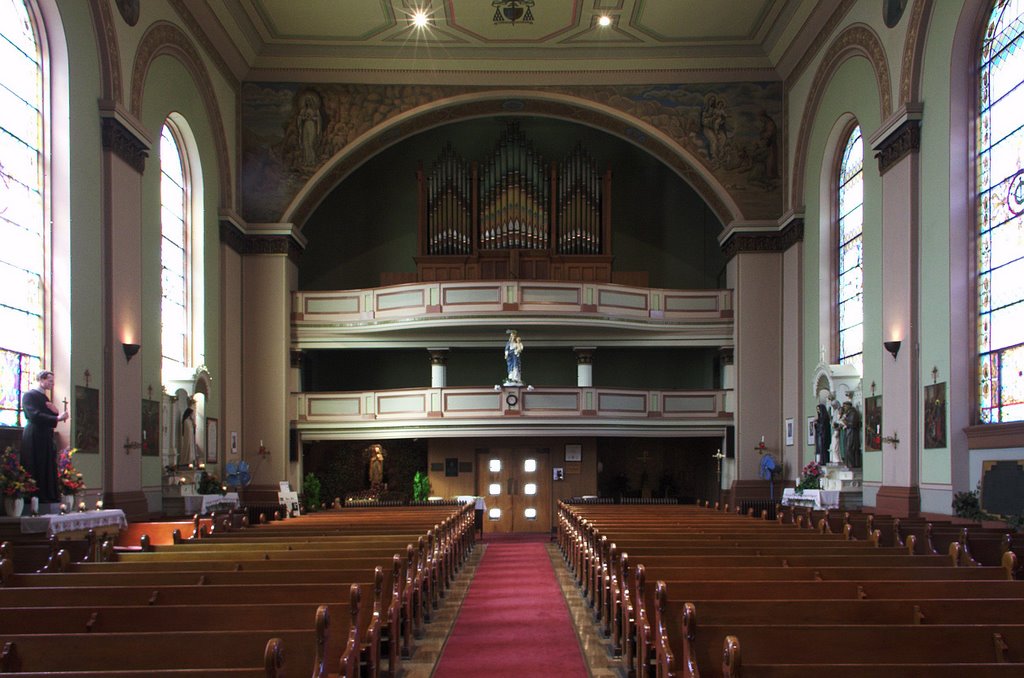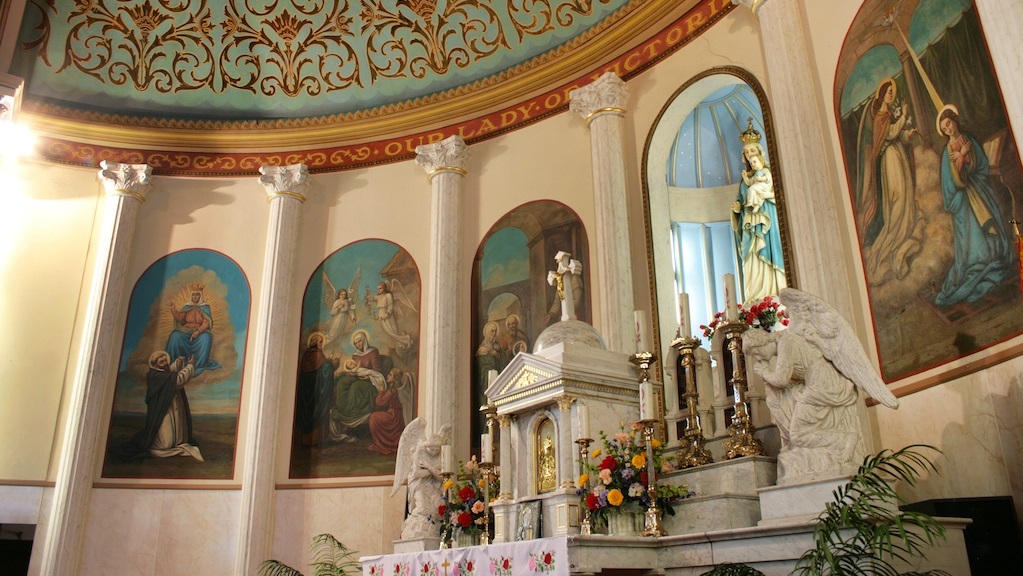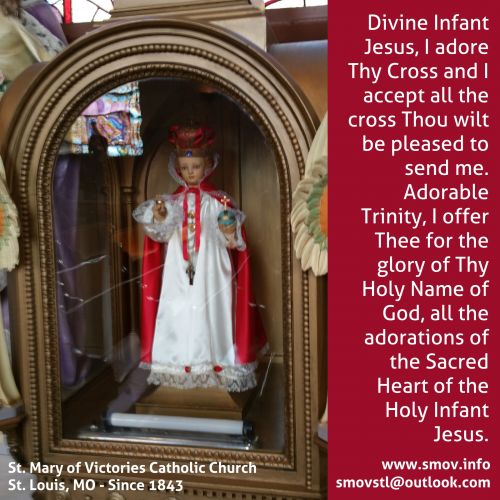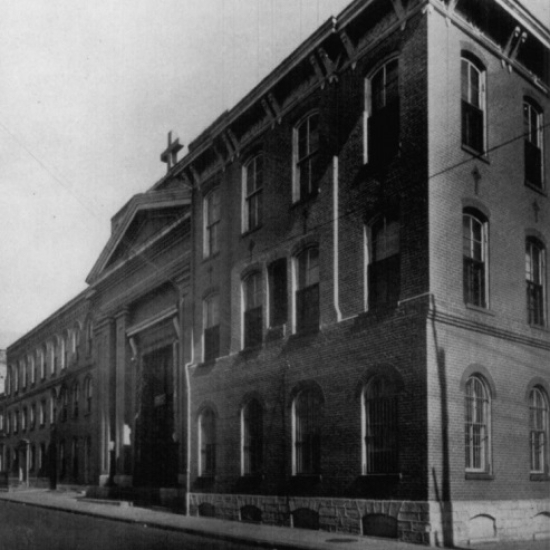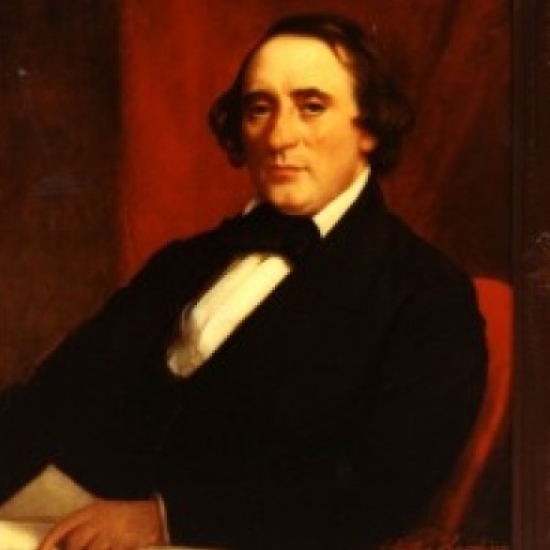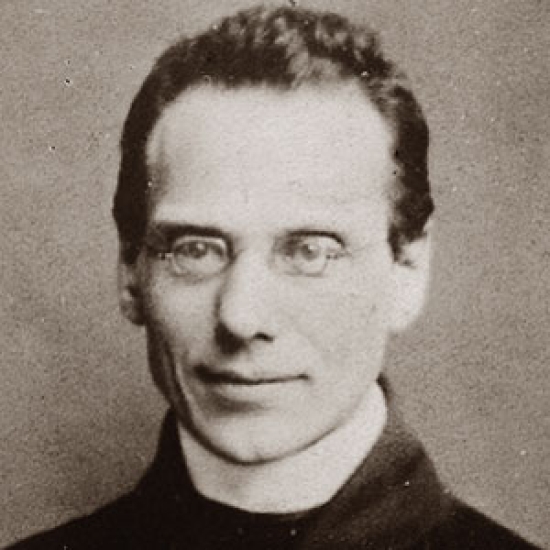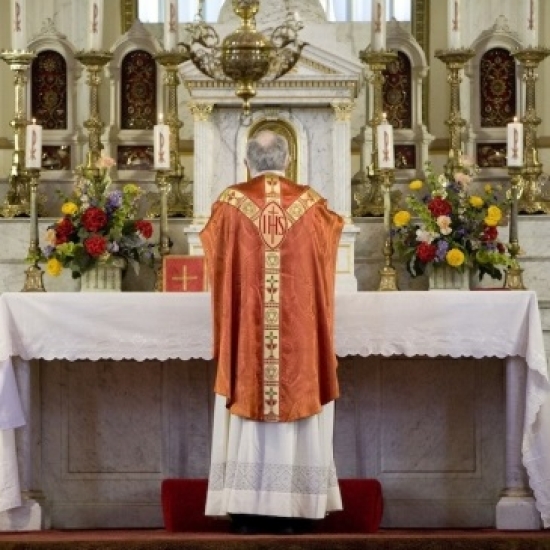Introit: Os justi
Gradual: Justus ut palma
Alleluia: Beatus vir
Offertory: Veritas mea
Communion: Beatus servus
Recessional: Salve Regina, PBC, p. 116
Mass XII
The Introit has three phrases:
-
Os justi meditabitur sapientiam,
-
et lingua ejus loquetur judicium
-
lex Dei ejus in corde ipsius.
We immediately recognize the identical endings of the first and third phrases. Upon closer investigation we discover that the melody over lex Dei ejus at the beginning of the third phrase is a somewhat abbreviated form of that over meditabitur sapi-(entiam). This creates a parallelism between these two phrases, diverting attention from the textual parallelism existing between the first and second phrases. In fact, the second phrase with its range from high 6 b (the only one found here) to low c, forms a certain contrast with the first and third phrases. The tonic of the sixth mode (f) plays an important role in all the phrases. Over sapientiam the principal and the secondary accents are short, the following syllable in each instance having more notes. The groups over (cor)-de ipsius might be divided into two divisions of three notes each. The chords g and a would produce a more pronounced harmonic effect. The rhythm 2+2+2, however, is more effective. Quiet, solemnity, clarity proper to "wisdom" characterize this song, filled as it is with the peace that comes from God.
The Gradual has three phrases in the corpus and two in the verse:
-
Justus ut palma florebit:
-
sicut cedrus Libani
-
multiplicabitur in domo Domini.
-
V. Ad annuntiandum mane
-
misericordiam tuam et veritatem tuam per noctem.
The just shall flourish like the palm tree; he shall grow up like the cedar of Lebanon in the house of the Lord. To show forth Thy mercy in the morning, and Thy truth in the night.
As we have noted on other occasions, this Gradual gives its name to a melody type found in many Mode 2 Graduals, i.a., Angelis suis on the 1st Sunday of Lent and Requiem aeternam in the Mass for the Dead. We sing another one, Exaltabit cor meum, for the Immaculate Heart of Mary. Several scholars have done extensive analysis of the melodic structure; Dom Johner offers an overview of it in his commentary, which Stan posted in the notes for All Souls Day.
The Alleluia verse has two phrases:
-
Beátus vir, qui suffert tentatiónem:
-
quóniam cum probátus fúerit, accípiet corónam vitæ.
Blessed is the man that endures temptation; for when he hath been proved, he shall receive the crown of life.
The Mode 5 melody is, for the most part, formulaic, but forges close links between key words in the text: beautus, timet and mandatis ejus. We have a refrain from the book of Wisdom: the Lord has crowned the wise man with a life of glory! But it is a glory bestowed after passing the test of suffering.
The Offertory has two phrases:
-
Veritas mea et misericordia mea cum ipso
-
et in nomine meo exaltabitur cornu ejus
This piece marks the only place in the Graduale where the Fa clef is on the fourth line. This would indicate that the melody has a strong tendency to descend. The first half of the first phrase with a range of but five note moves in intervals of seconds and thirds (repercussion); the second half has one interval of a third, with the other intervals seconds. Over the word ipso the melody modulates to a full step below the tonic —a turn much favored by the second mode. The second phrase has a range of an octave and comparatively large intervals; there are, however, fewer neumes on individual syllables than in the first phrase.
The Communion has two phrases:
-
Beatus servus quem cum venerit Dominus invenerit vigilantem
-
Amen dico vobis super omnia bona sua constituet eum.
